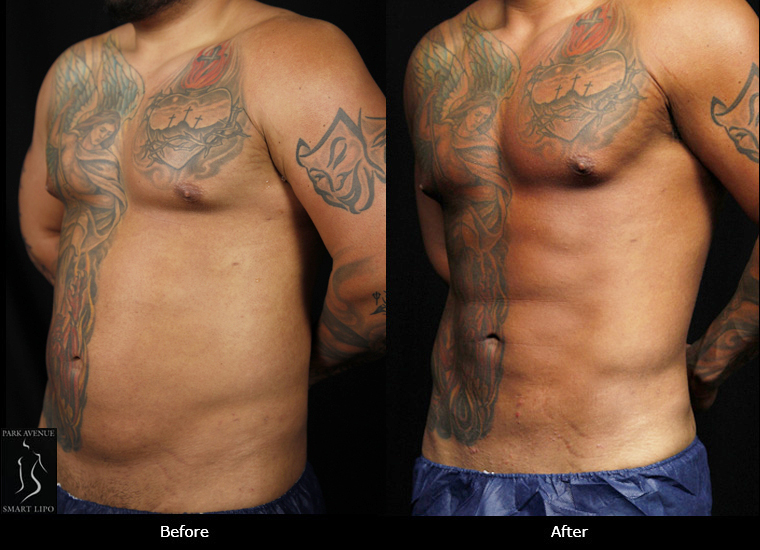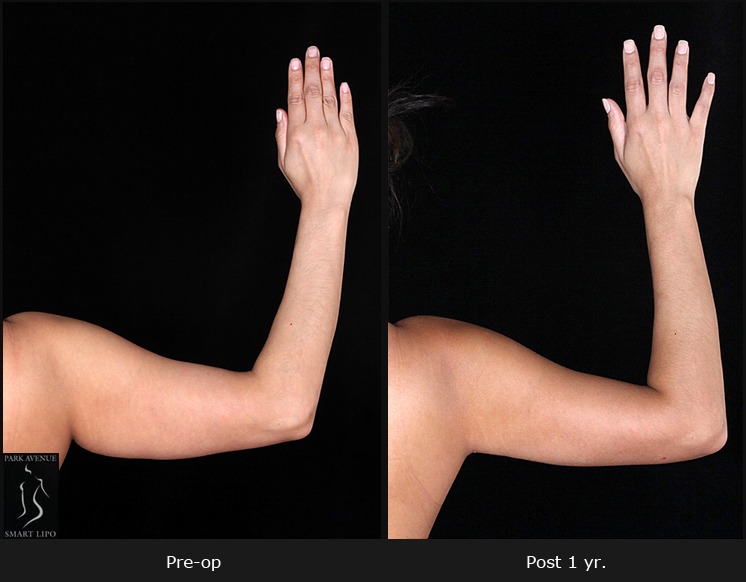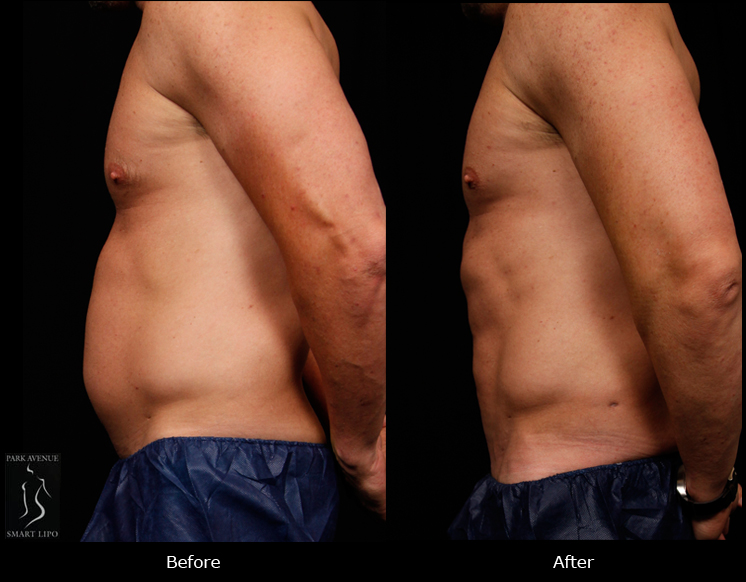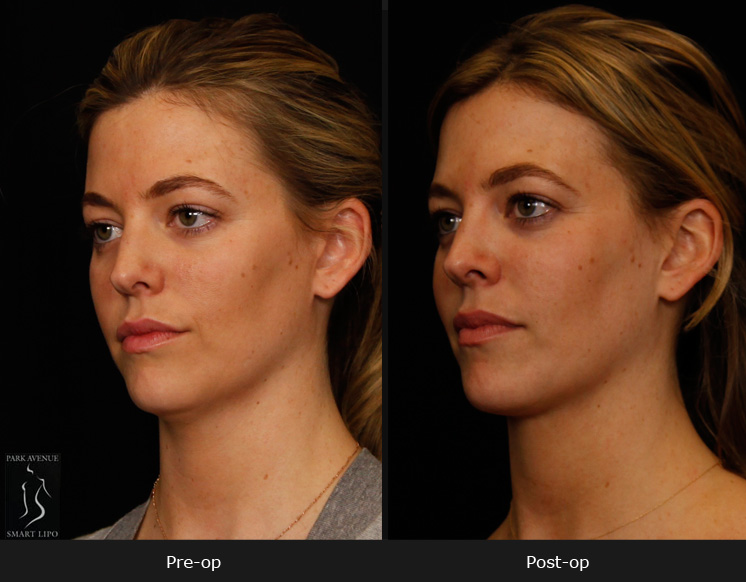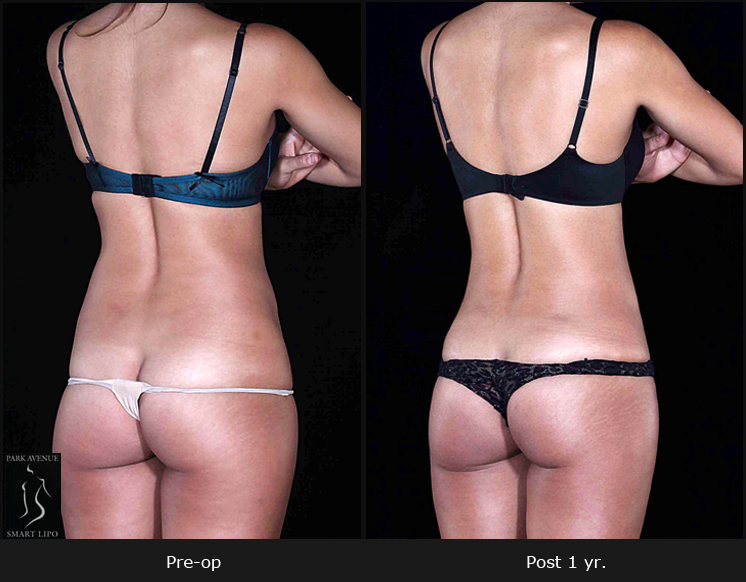Liposuction is one of the most popular cosmetic procedures among men and women. The treatment gets rid of those excess localized deposits of fat that are resistant to diet and exercise. New York City plastic surgeons report that one of the most common questions that patients ask is – does liposuction hurt? This would depend on the type of technique used, the surgeon’s skill, and many other factors.
Traditional liposuction, an invasive procedure, was the only choice at one time and involves general anesthesia, lengthy procedures and recovery time. Strong patient demands for less invasive and safe body contouring has resulted in effective energy-based modalities such as laser-enabled SmartLipo Triplex, which uses local anesthesia and minimizes pain, downtime and recovery, while enhancing results. This technique is minimally-invasive because it is performed using a much smaller cannula than conventional lipo.
Types of Anesthesia Used for Liposuction
Liposuction is performed using anesthesia or medication that prevents you from feeling pain. Plastic surgeons providing the treatment in an office-based surgical suite typically use only local anesthesia. Large amounts of a tumescent fluid or liquid which includes the anesthetic are injected into the treatment site to firm the skin. Tumescent anesthesia reduces bleeding. If this kind of local anesthesia is used, you will be awake during the procedure. With general anesthesia, which is usually used in hospital-based procedures, you will be asleep during the treatment. When the anesthesia wears off, you may experience some pain.
Pain after Liposuction
Here is some relevant information related to pain and discomfort after liposuction:
- Patients should expect some pain and discomfort after the procedure. The extent of pain would vary with the type of anesthesia used. The effect of local anesthesia typically lasts for more than 24 hours after surgery, but procedures involving general anesthesia – without local anesthesia – can be painful.
- If a local anesthetic is used, pain is usually controlled by non-steroidal anti-inflammatory drugs and codeine. If general anesthesia is used without sufficient lidocaine (local anesthetic) in the tumescent solution, the pain is much more intense and often requires the use of narcotic analgesics.
- Soreness after laser liposuction is usually intense and lasts two to four days, after which it decreases steadily.
- The day after a procedure using local anesthesia, there could be sunburn-like sensations and possibly muscle soreness similar to what occurs after a vigorous workout. In this case, the pain may be so mild that you hardly need any pain medication unless advised by the surgeon.
Recovery may take several weeks with traditional liposuction. With laser lipo, less time is needed to extract fat and the surgical trauma due to postoperative swelling would be less. There will be less postoperative pain and recovery is faster. You can return to normal activity much sooner. For body contouring below the waist, you may have to wear a compression garment to minimize swelling and bruising and to allow the treated area to heal smoothly.
If swelling and pain persist, contact your surgeon as this could indicative of an infection.
Choose the Right Surgical Practice
Liposuction surgeons who are experienced and skilled can provide you with a smooth and relatively pain-free surgical experience with measures such as proper patient evaluation and selection, monitoring based on the anesthetic administered, use of good surgical techniques that do not traumatize the nerves and blood vessels in the treatment site, extraction of only the right volume of fat, and proper postoperative care. You can expect a superior surgical experience at an AAAASF-accredited plastic surgery facility in Manhattan, NYC that has surgeons who are skilled in laser liposuction using local anesthesia.

